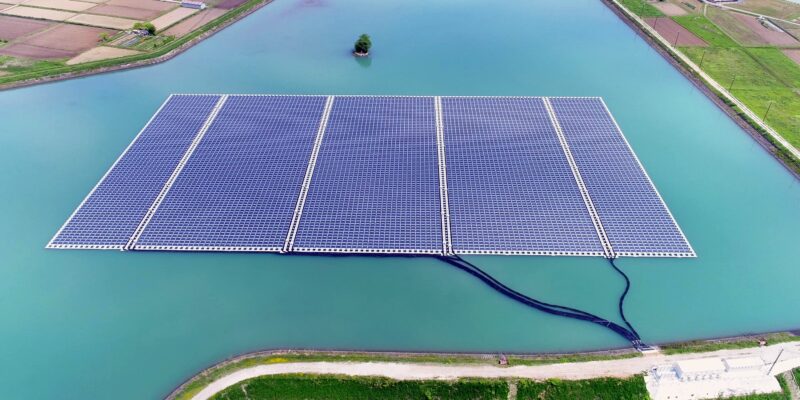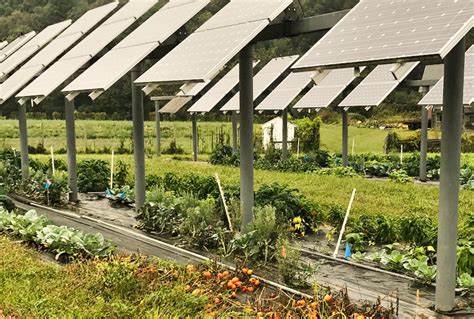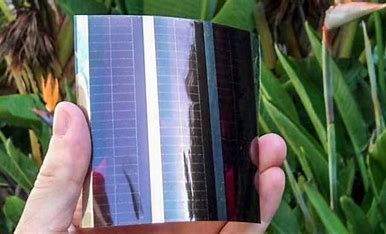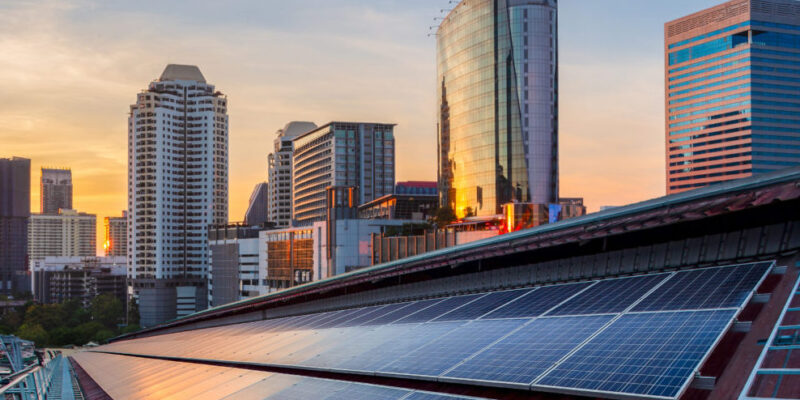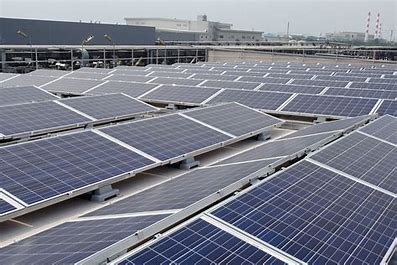Solar panels are typically installed on Roofs, commercial warehouses, and farm fields. But what about all the other wasted spaces? Parking lots are a great open space to put a solar canopy. And parking garages could have a solar canopy on the top floor. Deployment of solar often turns a big open empty space into a money-generating space.
What about other creative spaces? Floating arrays over large bodies of water and lakes; on top of a Tractor-trailer trailer; the future of solar will include thinking about creative spaces to maximize the green energy and to maximize energy savings.

